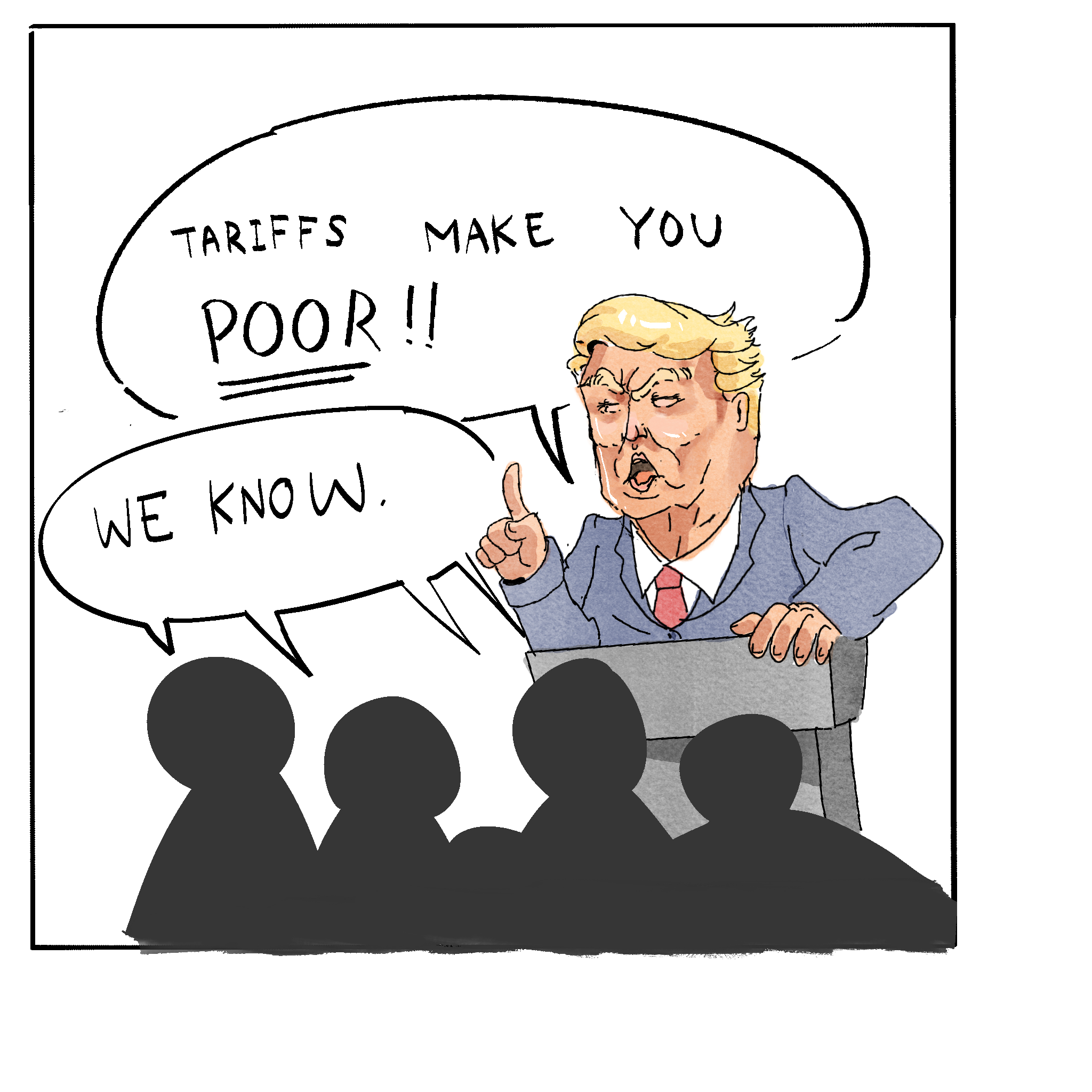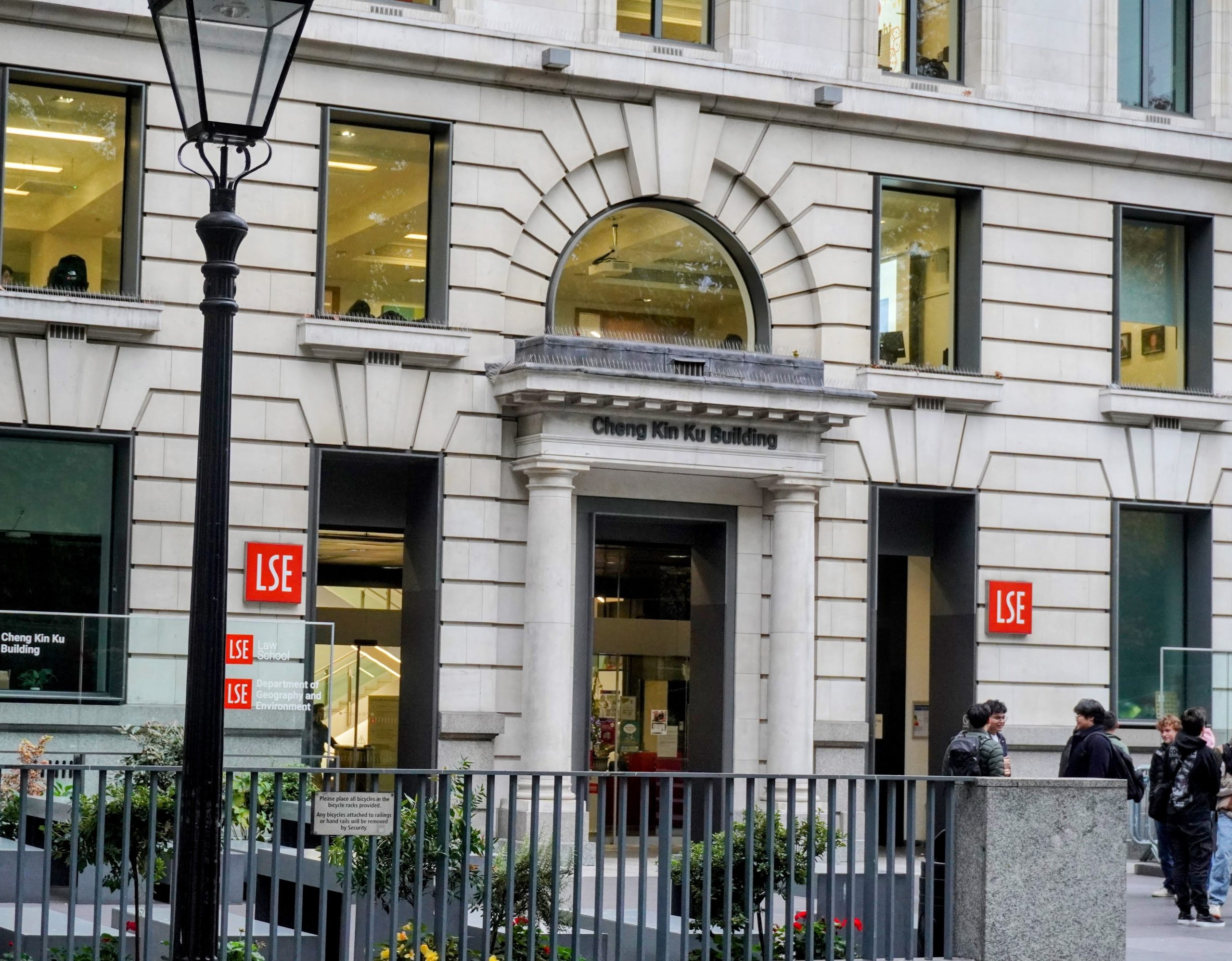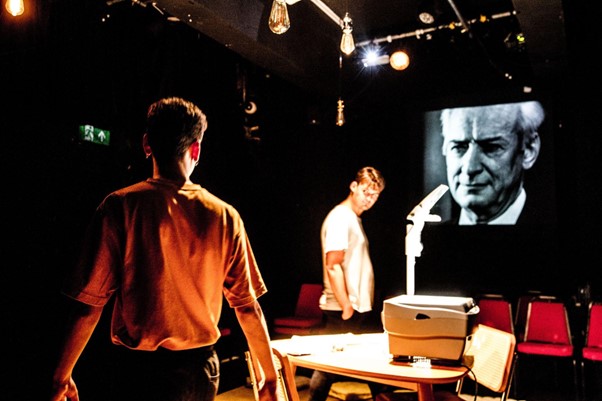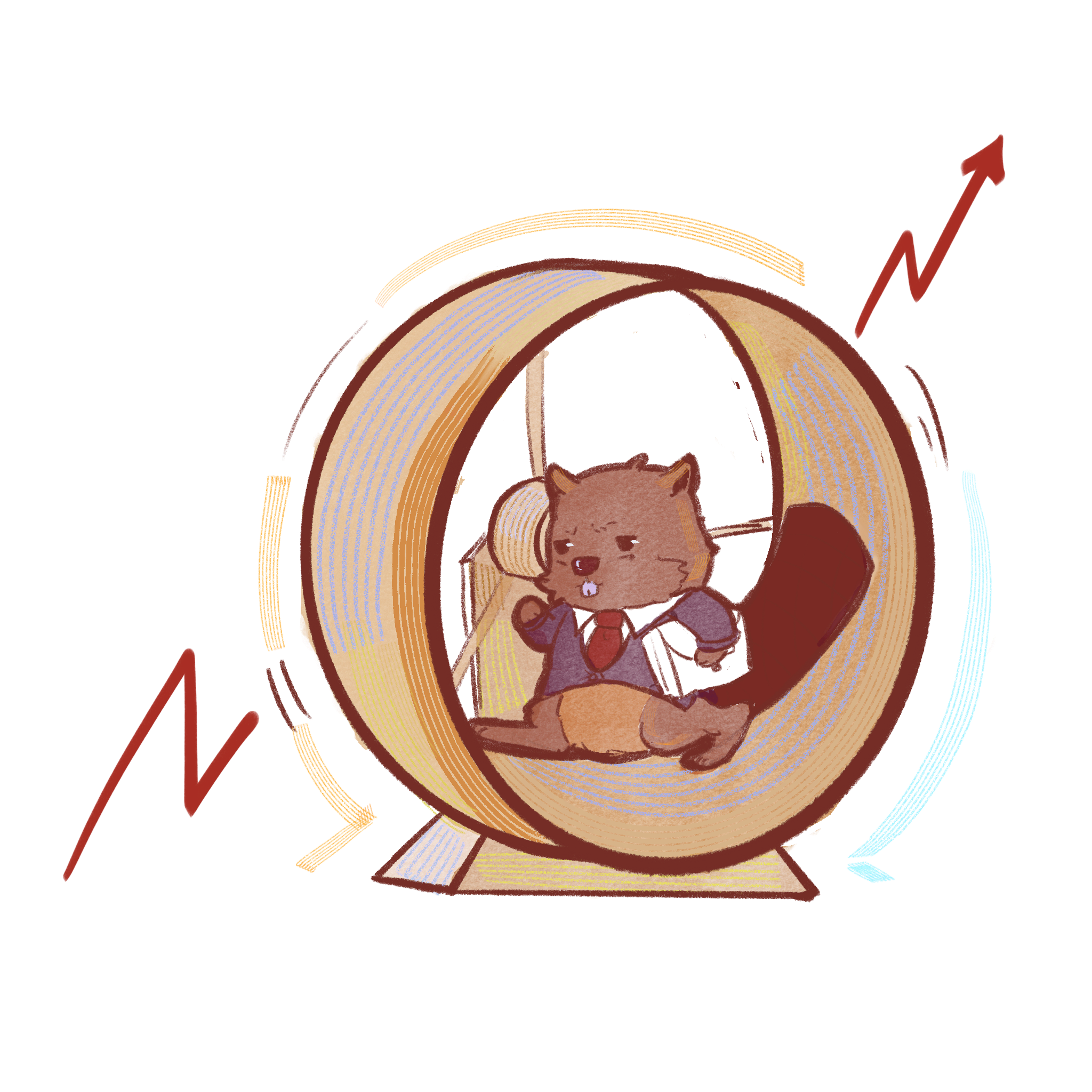By Kiran Mathur
Every June an array of gaudy hats adorn Ascot Racecourse. Beneath them, flocks of women gather to discuss their new holistic yoga classes, their plans to refurbish the chalet in Val d’Isère, and their Regatta next month. For those who are unfamiliar with the customs of sports such as polo and sailing, it’s almost impossible to participate in this chitchat. As a result, certain sports are preserved for the elite.
Despite the wholesome stories in films like The Blind Side and Million Dollar Baby, in our world, the sporting industry favours the rich. An Ofsted report found that 29% of the London 2012 Olympic team attended private school. The men’s rugby union had the highest proportion of privately-educated athletes at 55%. Meanwhile, football was the most demographically representative sport, with 94% of all English Premier League players being educated at state-schools, with female football players at 97%.
Why then, do rich people play different sports than the average person? A possible explanation comes from sociologist Thomas Wilson that stresses differences in cultural and economic capital between children taking up new sports. Cultural capital refers to an individual’s social assets, such as their education, style of speech, and dress. Economic capital refers to the amount of money or material assets an individual possesses. This study found that differences in cultural capital influence children’s involvement in sports more strongly than differences in economic capital do.
For example, the study found that children from households with high levels of cultural capital are less likely to engage in sports which focus on teamwork, risk-taking, and toughness, such as football or boxing. These are also known as ‘prole sports’. Moreover, the study noted differences in the purpose of sports for different households. Households of high cultural capital view expensive sports, those which involve a high cost of equipment and/or participation fees, as more desirable. Participation in these sports symbolises an elevated social standing.
This explains how social class is a barrier to sport. For example, golf is a popular pastime amongst wealthy businessmen, as memberships to some golf-clubs can cost up to £50,000 per year and may still be by invitation-only. This is also why golf has become a more lucrative sport amongst the middle-class, who aim to climb the social ladder and play a few rounds with their boss or colleagues.
The game is being distorted into a networking opportunity. Players morph into applicants, splurging on their best outfits for the ‘interview’. They make nervous small-talk about Mr Ramsbottom’s trip to Dubai, trying to hide the fact that they crammed Mr Ramsbottom’s entire CV on the tube-ride over. If this culture continues, first-years will be flocking to the greens to secure springs rather than joining actual sports societies.
The optimistic view is that sport can unite people from different social standings. As Nelson Mandela put it, sports have “the power to unite people in a way that little else does.” University provides students with the unique opportunity to try less accessible sports, such as golf, rowing or lacrosse, for the first time. They facilitate a connection between people who sign up to sweat, bleed, and fall on their faces together. They provide a place where people are seen as separate from their degree, career, political view, or financial status. They are simply part of a team.





